When buildup occurs in coronary arteries, a stent may be required to re-open the canal and improve blood flow. Though such procedures aren’t always considered major surgery, some recovery time is needed to ensure proper healing. Your doctor will recommend aftercare for stents in the heart that should be followed to the letter.
However, if you experience chest pain, shortness of breath, extreme fatigue, bleeding or swelling, seek medical attention immediately. You may be taken back to hospital or recommended cardiac rehabilitation, including exercise program, emotional support, lifestyle education, and dietary restrictions.
For more information on aftercare and when it’s needed, check out the following sections.
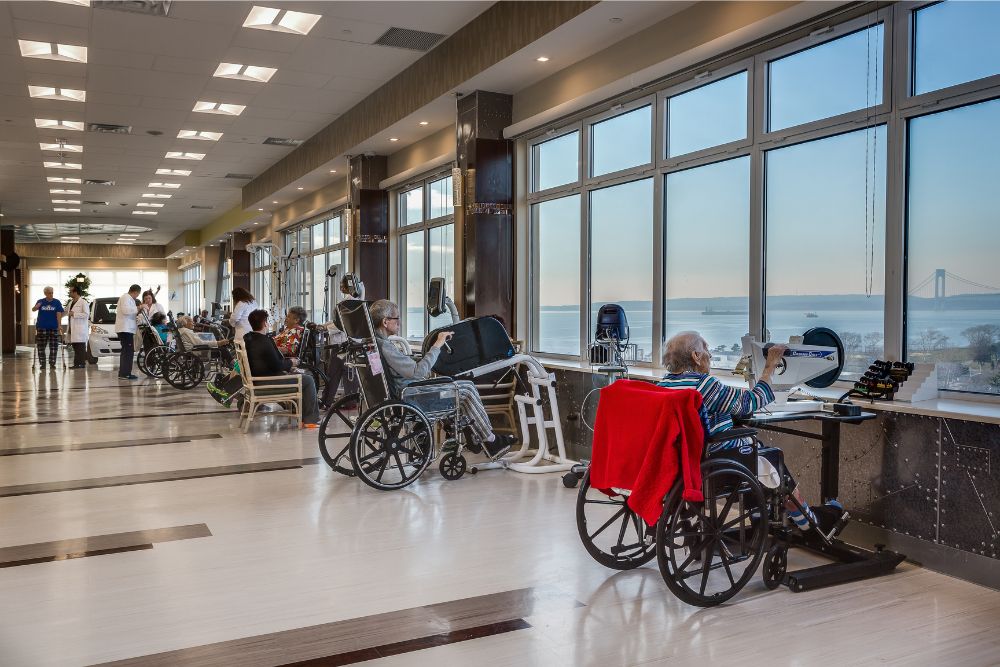
Aftercare For Stents in The Heart
Though not considered serious surgery, proper aftercare is required to ensure you heal properly with no complications. Exercise is an essential aspect of aftercare for stents in the heart, though vigorous exercise should be avoided at the beginning. Physical therapy is a very important aspect of treatment for some patients to improve blood circulation, oxygenation, and cholesterol levels.
The recommendations for physical activity vary depending on the placement of the catheter incision. Catheters in the arm or wrist limit activity with the specific limb, including driving or heavy lifting. Those with groin incisions should limit walking or stair climbing for the first few days.
You’ll also need to monitor the incision site for signs of infection. These include bleeding, swelling, or redness. Faintness, weakness, discomfort, chest pains, shortness of breath, or fever also warn you of complications. If you notice such issues, speak to your doctor immediately.
After leaving the hospital, your doctor will schedule follow-up appointments. Be sure to attend every one to discuss your recovery. You should also mention any concerns about aftercare for stents in the heart.
Who needs rehab after a stent?
Not everyone requires inpatient cardiac rehabilitation after a stent. Your medical team will recommend it if you experience complications. What most important is your state of health before the procedure and your medical history as the first step.
Individuals with previous heart conditions will be prime candidates for rehab. Other health issues, such as diabetes or obesity, could affect healing, requiring therapy to improve the results.
The type of treatment is also a factor since those undergoing complex procedures will need more assistance during recovery. Even lifestyle choices before surgery can affect aftercare for stents in the heart. Cardiac care offers assistance with altering dietary choices and lifestyle changes to ensure the best results possible. You’ll also receive instructions for continuing your new lifestyle, including healthy exercise options, when cardiac rehab is complete.
A stent is placed in a narrowed or blocked artery to improve blood flow to the heart. During the procedure, a flexible tube, called a catheter, is inserted into the arm, wrist, or groin.
Your doctor may prescribe blood thinners and other medications to prevent blood clots and other issues. Some are only needed temporarily, while others are permanent aspects of recovery. Follow your medical team’s instructions regarding medications, and do not alter the schedule without their consent.
Resources:
https://www.mayoclinic.org/tests-procedures/coronary-angioplasty/about/pac-20384761#:~:text=Avoid%20strenuous%20exercise%20and%20lifting,inserted%20starts%20bleeding%20or%20swelling
https://medlineplus.gov/ency/patientinstructions/000091.htm
https://www.nhlbi.nih.gov/health/stents/recovery#:~:text=You%20will%20need%20to%20take,few%20days%20to%20a%20week.
https://my.clevelandclinic.org/health/treatments/22069-cardiac-rehab
https://www.nhs.uk/conditions/coronary-angioplasty/recovery/
This content comprises informative and educational resources only and can not be considered as a substitute for professional health or medical guidance. Reliance on any information provided in this article is solely at your own risk. If you have any inquiries or apprehensions about your medical condition or health goals, talk with a licensed physician or healthcare provider.


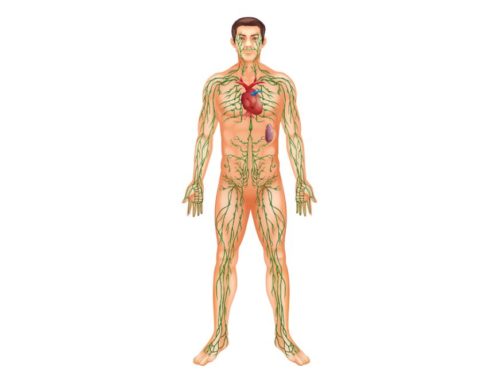
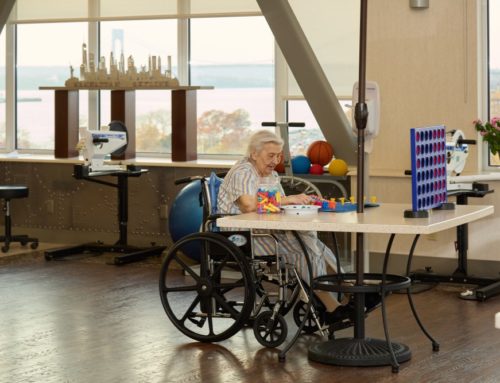
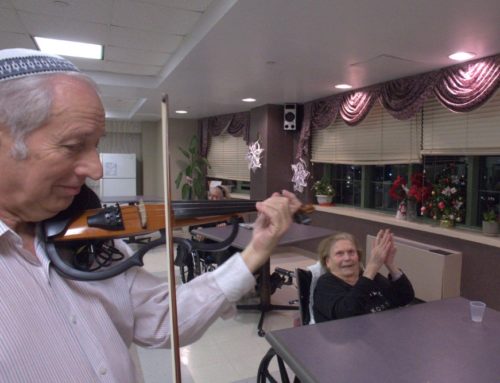
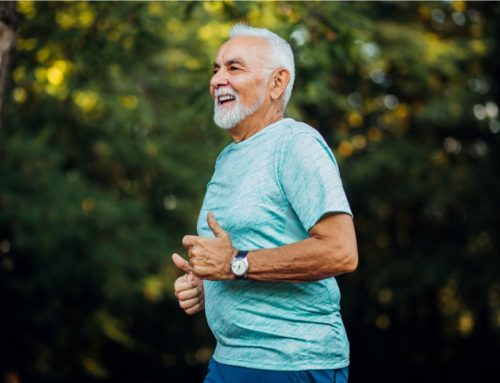
Leave A Comment